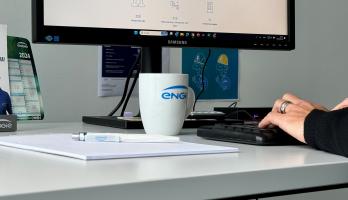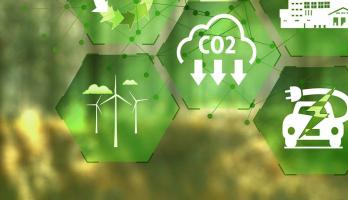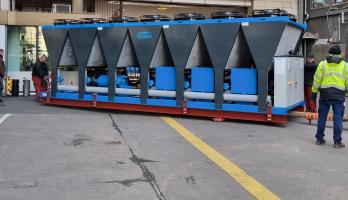CO2 refrigerant: protects the environment and saves energy
Add to Bookmarks
02 July 2019
Exceptionally safe to use: CO2 as a refrigerant
One of these natural refrigerants is carbon dioxide, or CO2, with the refrigerant designation R-744. CO2 is assigned to safety group A1 because it is neither toxic nor flammable. CO2 is also easily available and therefore cheap to procure. With a GWP of 1 and an ODP value of 0, the natural refrigerant CO2 (R-744) has no harmful effects on the earth’s atmosphere.
Benefits of the refrigerant CO2 (R-744):
Drawbacks of the refrigerant CO2 (R-744):
The natural refrigerant CO2 is not suitable for every application. Other refrigerants are preferable for creating low-temperature heat, as they are more efficient in these operating conditions due to their thermodynamic properties.
Why is CO2 not harmful as a refrigerant even though it is such a big problem as exhaust gas from combustion engines?
- CO2 refrigerant operates in a cycle process and is not released or emitted as it would be during a combustion process. It can only escape in the form of a leak. Leaks of a refrigerant with a GWP value of 1 are non-critical for the environment.
- No environmentally harmful contribution to the overall CO2 balance: all the CO2 involved existed beforehand. No newly generated CO2 is released.
- CO2 refrigerant is a by-product generated by plants operated by the chemical industry
What are the technical challenges posed by systems that use CO2 as their refrigerant?
- Greater control is required during supercritical operation.
- For maximum efficiency, the temperature regime must lie in a specific area, e.g. heating from 40 °C to 90 °C.
- The increased pressure situation of 120 bar calls for suitable strength, but is easily manageable in technical terms. In vehicle manufacturing, for example, much higher pressures of up to 2,000 bar are customary for common-rail injection









